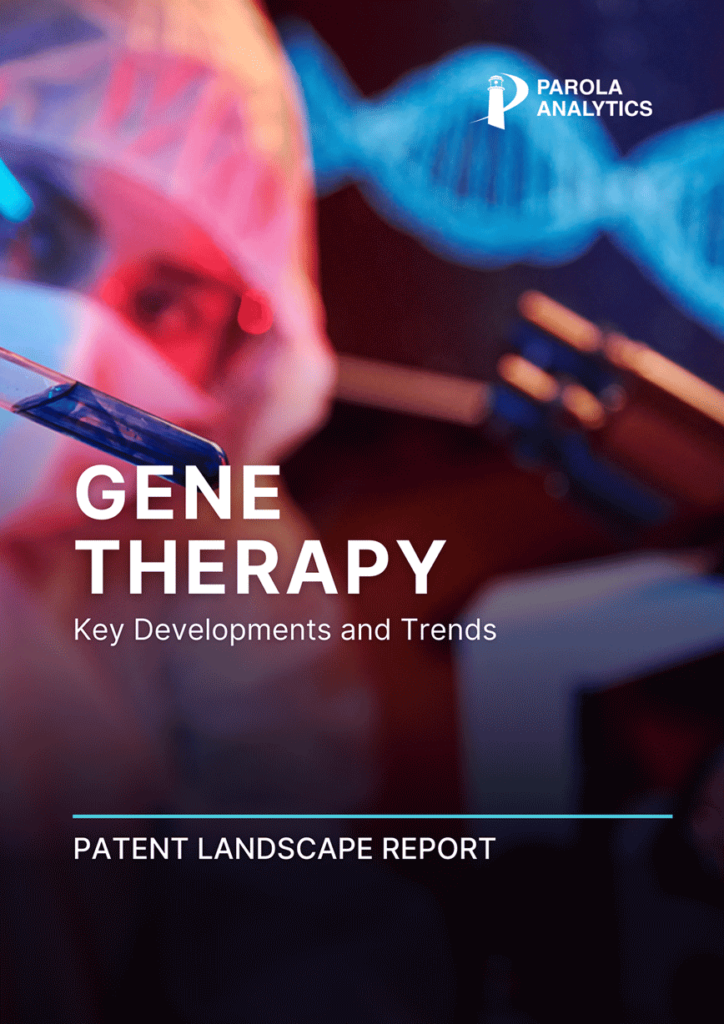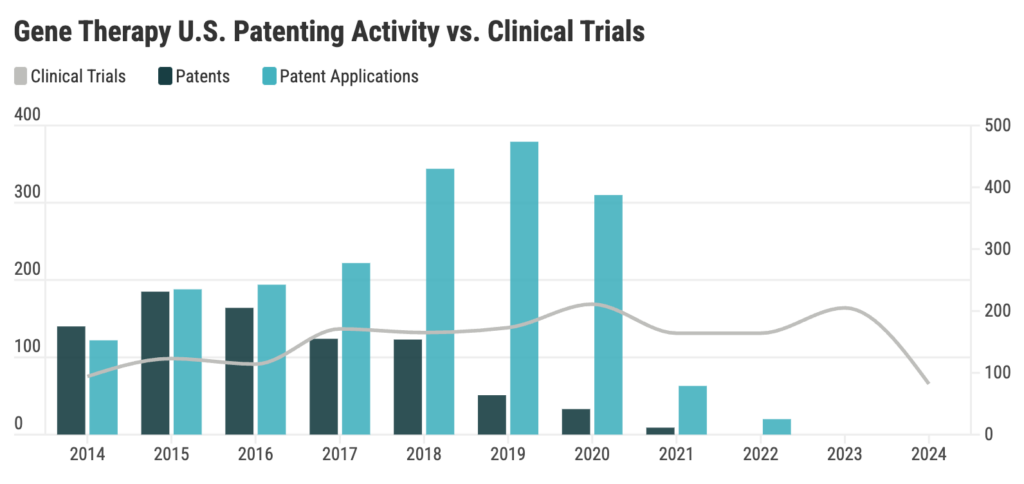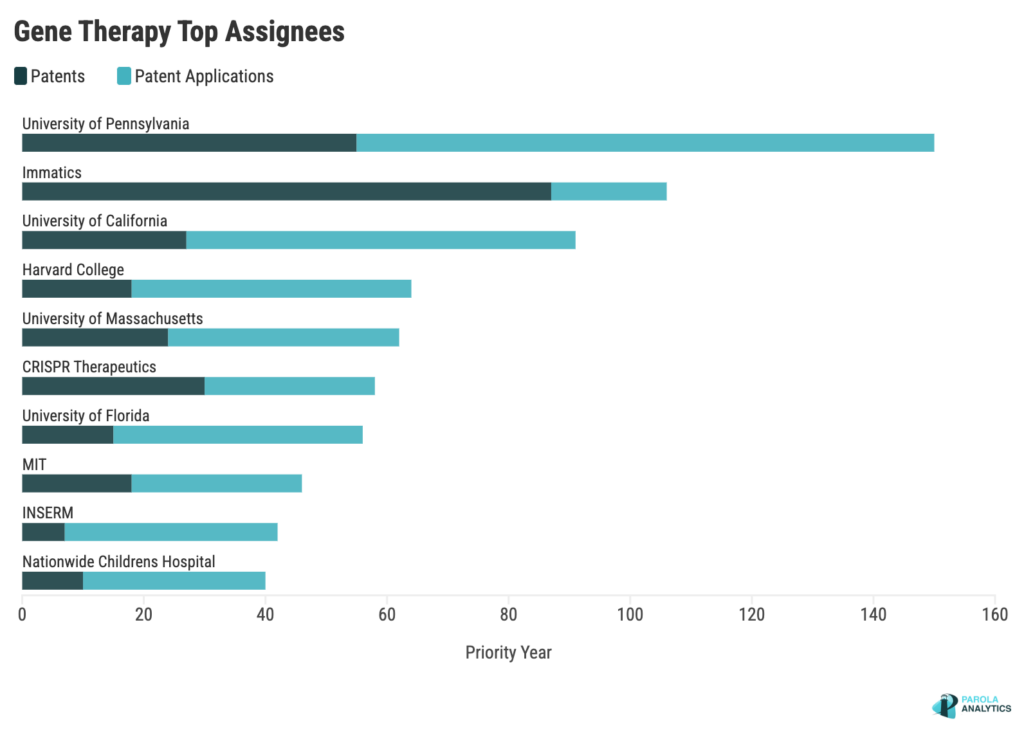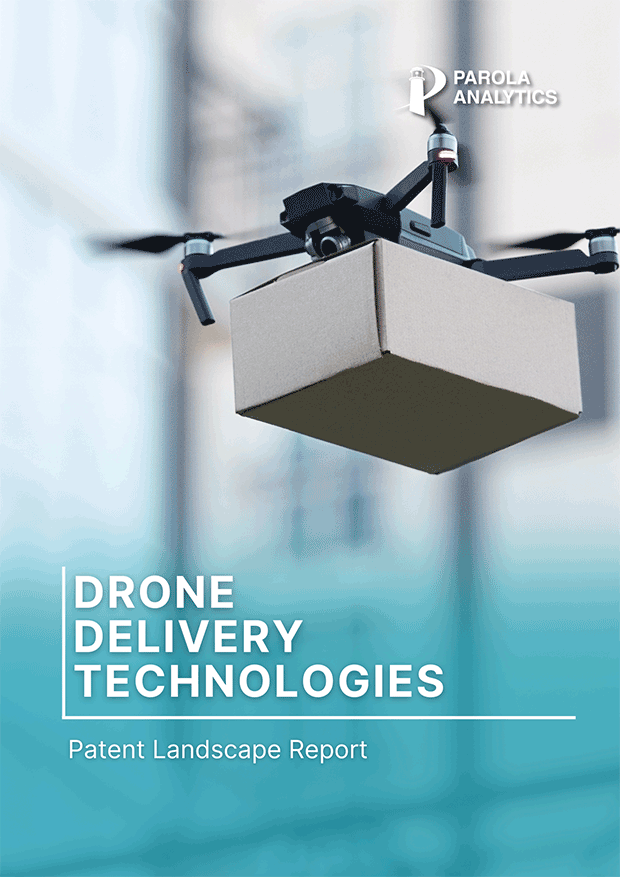Gene therapy is at the forefront of medical innovation, promising transformative treatments for various genetic disorders. This revolutionary approach involves introducing engineered genetic material into a patient’s cells. Our Gene Therapy Patent Landscape Report provides an in-depth review and analysis of the current gene therapy patent landscape in the U.S.
Gene Therapy Patenting Activity
Our data from 2014-2024 reveals distinct trends, including an initial peak in 2015, coinciding with a marked increase in clinical trials. While patent applications declined shortly after, there was a noticeable increase in 2018, a year after the FDA’s approval of the first gene therapy products in 2017, Kymriah (tisagenlecleucel), which is aimed at treating certain pediatric and young adult patients with a form of acute lymphoblastic leukemia (ALL).
Gene Therapy Patents: Top Assignees
Academic institutions are leading innovation in gene therapy. The University of Pennsylvania, University of California, Immatics Biologics top our list. Collaborative efforts with industry giants like Novartis in gene therapy have resulted in breakthroughs such as Kymriah, the first-ever FDA-approved gene therapy for cancer. Our report provides an in-depth analysis of the gene therapy patents of each top assignee, as well as the top collaborations within the field.
Gene Therapy Startups
Biotech startups such as Kriya Therapeutics, Generation Bio, Intellia Therapeutics, Spark Therapeutics, and Voyager Therapeutics are pioneering innovations in treatments for ophthalmology, neurology, metabolic diseases, and more.
Other key findings
Based on our patent data, we find that gene therapy treatments effective for lymphoma are also often applicable to leukemia. Similarly, gene therapies originally developed for lung cancer are also being used in the treatment of breast cancer, skin cancer, as well as colon and rectal cancer.
While clinical trials for gene therapy have gone up, we find that the rate of patent filings and grants has gone down. We explore various factors affecting the decision to patent — from landmark rulings regarding patentability of naturally-occuring gene sequences to issues of patent strategy, e.g., timing patent applications with enough clinical trial data, but without running the risk of “self-invalidating prior art”.
Find out more about key gene therapy developments and trends in our latest patent landscape report. Download it for free.






